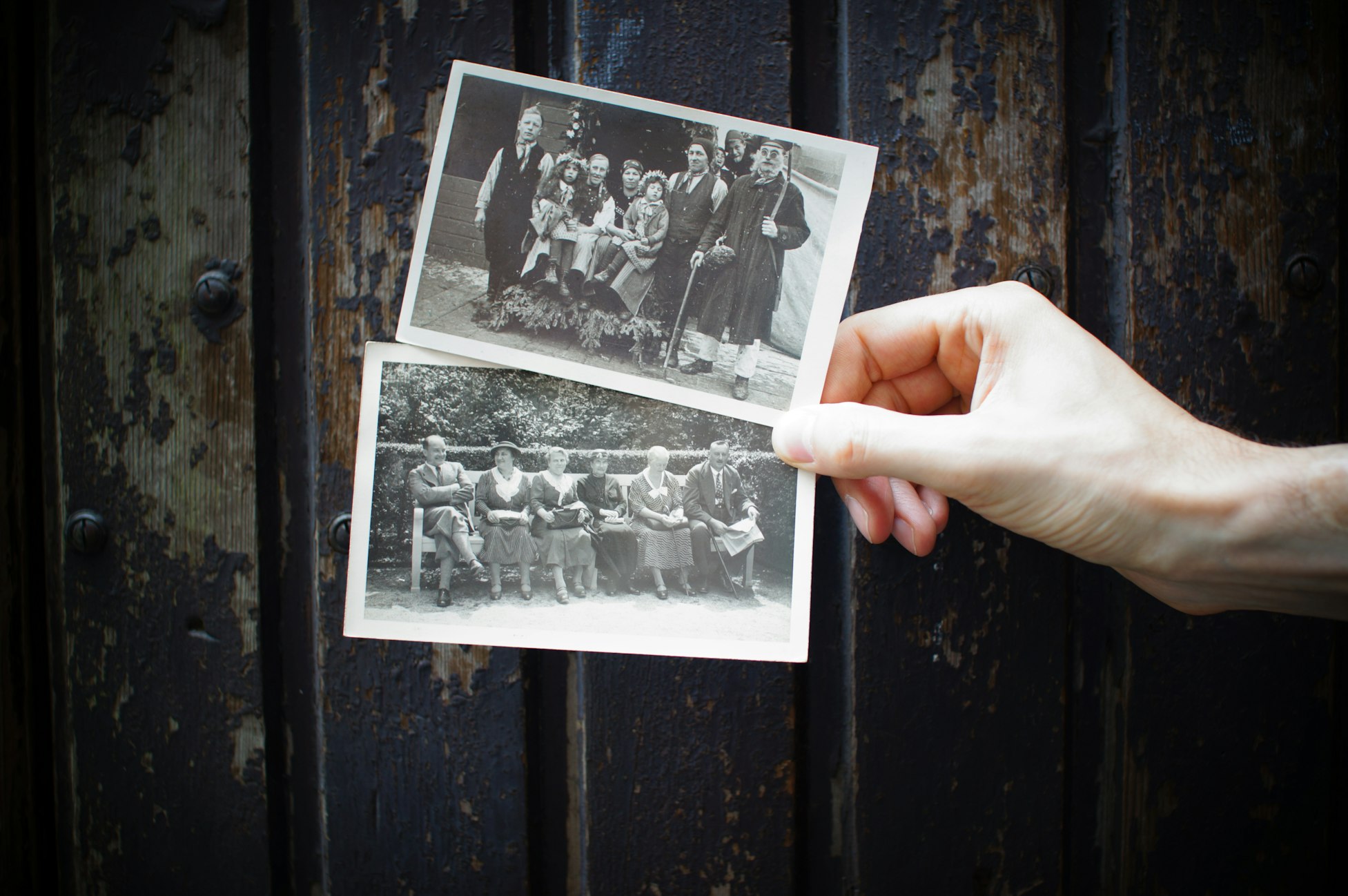
If you’re like 60% of men on the face of this earth (and 50% of women), you could experience alopecia, or hair loss, at some point in your life.
Alopecia is an autoimmune condition that results in gradual thinning on the top of your head, sudden loosening of your hair, and patchy bald spots.
Although some people may aspire to look like Bruce Willis, balding may not be your cup of tea, and you may want to keep your hair for as long as possible. If you find yourself in the latter group, then keep reading for 7 Astoundingly Achievable Ways to Target Hair Loss and Win Back Your Confidence.
7 Ways to Combat Alopecia Right Now
The term “hair loss” covers a wide variety of conditions that all result in partial to full baldness. Although many types of hair loss are irreversible, the good news is there are plenty of effective ways to slow down losing your hair. There are also plenty of ways to boost your hair growth.
The following are seven ways that you can combat alopecia right now and keep your mane in tip top shape.
1. Add more protein and vitamins to your diet.
Your diet plays a larger role in your hair health than you may think. Certain studies show that eating plenty of protein is a good way to help slow down hair loss.
One study, conducted at the University of Portsmouth School of Pharmacy and Biomedical Sciences, demonstrated how in otherwise healthy people, low amounts of iron and protein led to increased hair shedding.
Some good sources of iron and protein to add to your regular meals include:
- · Lean meats like round steaks, top loin, pork loin, and lean ground beef
- · Soy products, such as tofu, tempeh, and soybeans
- · Fish – for high protein, low fat options, go for flounder, halibut, or cod
Additional studies show that certain vitamins have been shown to be good for your hair. Vitamin B helps your hair maintain its color, while vitamin E promotes blood circulation in your scalp to help your hair follicles remain productive.
Vitamin A has also been shown to increase the rate of hair growth and help with hair retention.
Eating foods that contain these vitamins, such as spinach, sweet potatoes, and whole grains like barley, brown rice, and quinoa can boost your hair health.
2. Keep your head sweat-free.

It’s good to break a sweat, and exercising can help counteract two causes of hair loss: hormones and stress.
Be careful though – sweaty, oily hair may contribute to hair fall. Oily hair can also lead to higher amounts of dandruff (which can lead to hair loss through scratching affected areas).
Overall, it is important to make sure your head is cool, especially in the summer. This can be achieved by keeping your head covered when you’re headed out and by applying cold compresses to your scalp.
3. Prioritize hair and scalp care.
Maintaining good hair and scalp care regimens is an effective way to help prevent certain types of alopecia and potentially increase hair growth.
The top ways you can take care of your hair include:
- · Avoiding harsh chemical treatments
- · Avoiding over-styling
- · Using your fingers instead of a comb to untangle knots
- · Letting your hair air dry rather than towel-drying when it’s wet, and
- · Keeping your hair loose instead of tying it up in hairstyles such as ponytails, buns, and braids
4. Experiment with scalp massages.
Some studies have shown that daily 4-minute scalp massages boost hair growth. One study conducted in 2016 on Japanese men demonstrated how most participants experienced positive hair growth over the course of 24 weeks.
This method also resulted in increased hair thickness in participants. Massaging the scalp stimulates cells known as dermal papilla cells (hDPCs) which play a role in hair growth.
5. Try laser therapy.
According to certain studies, low-level laser light therapy (LLLT) can improve the density of your hair and reduce the look of a balding head. This 2013 study illustrates how LLLT stimulates hair growth in both men and women.
LLLT works by stimulating cellular activity and promoting tissue regeneration in the scalp. These treatments have been used on a broad variety of people with hair loss, from people with genetic male-pattern baldness to cancer patients.

6. Maintain a healthy lifestyle.
Your overall health has a large impact on your hair. Health issues are major contributors to hair loss, so it’s important to take care of yourself and treat any chronic illnesses or infections accordingly.
Put your health first by:
- · avoiding smoking and alcoholic beverages
- · getting enough physical activity
- · managing your stress levels
All of these steps can help you maintain healthier hair (as well as a healthier you)!
7. Take a DNA test.
Although much of this list is meant for people who are already experiencing hair loss, there are preemptive steps you can take before you start noticing signs.
For example, figuring out if you are more genetically susceptible to male-pattern baldness or female-pattern baldness can be achieved through genetic testing. Determining your likelihood for these conditions can help you prepare for the future by taking care of your scalp and hair today.
Here’s a genetics test that can tell you a lot about your hair characteristics and yourself in general, such as how you compare to others in your reactivity to stress and just how well your body can metabolize caffeine.
It’s important to remember that genetic tests are not exhaustive — as mentioned in our previous blog post Do You Keep Shamelessly Blaming Your Poor Grandpa for Losing Your Hair?, hair loss is influenced by over 60 different genes alone.
If you want to find out more about your hair genetics, and how your genes can shape your hair texture, color, thickness, as well as other traits, like whether you are a power athlete vs. an endurance athlete or what your blood sodium levels are, click here.



